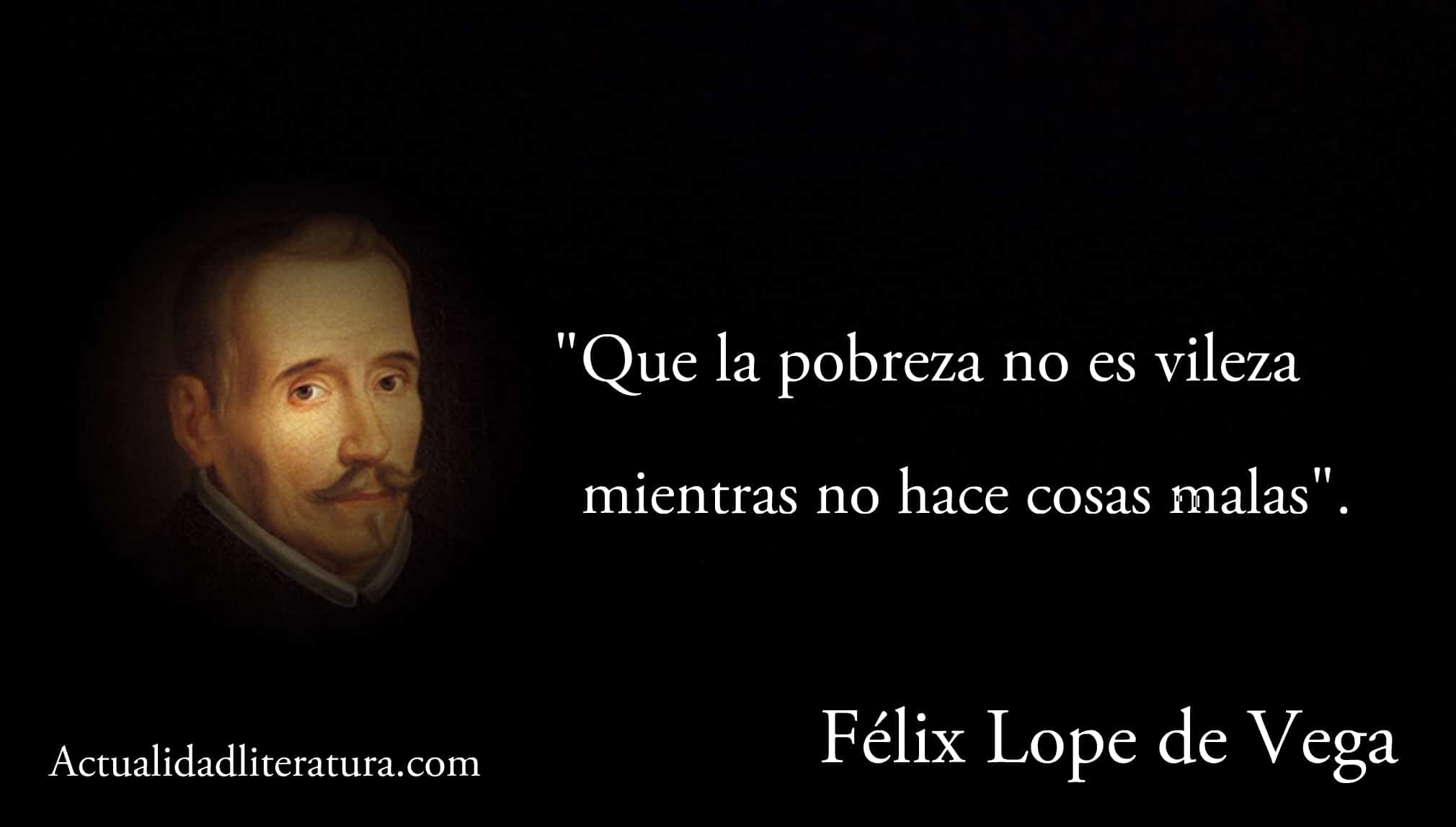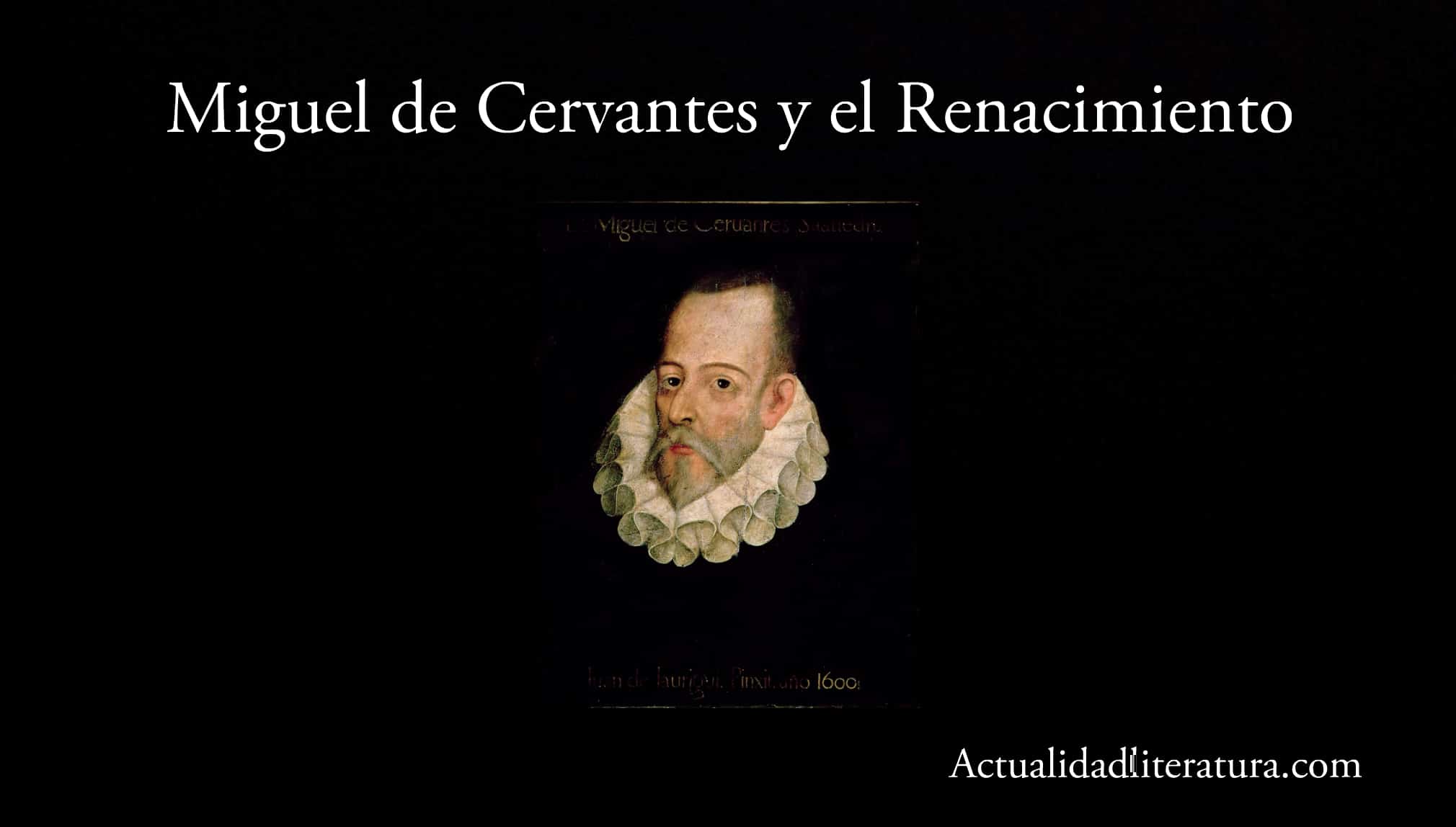
Phrase by Félix Lope de Vega.
Renaissance prose is one whose peak took place, by mere and logical association, during the Renaissance, that is, between the fifteenth and sixteenth centuries in Europe. This was a time of palpable flourishing and brilliance in all forms of artistic and intellectual expression, diametrically opposed to the obscurantism of the preceding centuries.
Similarly, Renaissance literature in Iberian territory coincided with the so-called Spanish Golden Age (which really happened between the years 1492 and 1681, approximately). This concomitance is evident when analyzing the different aspects of narrative prose in Spanish that emerged during the aforementioned period with its most emblematic authors.
didactic prose
Dialogues and colloquia
Talk regarding various issues between two or more individuals who seek to persuade others about the prevalence of their point of view. For it, each character employs rhetoric in combination with a lively, colloquial intonation. The objective of the dialogue is to provide an entertaining instruction, as reflected in the talks of the erasmists Juan and Alfonzo Valdés.
historiographies
The literary essence of Renaissance prose made possible the evolution of written works towards expressions of a high aesthetic level. In this way, narrative forms such as historiography began to appear, in which there was room for fictional passages (thoughts or dialogues, for example).
Noted historians corresponding to the Renaissance period
- Antonio de Nebrija (1444-1522);
- Juan Ginés de Sepúlveda (1490 – 1573);
- Pedro Mexia (1497 – 1551).
ascetic and mystical
the portal of ABC (2005) defines asceticism as “the purifying process of the soul, in which the will of the believer predominates to approach perfection and lighting." In the Renaissance literary expression, the ascetic grouped the texts of religious authors who captured their trances, reflections and expiatory experiences.
On the other hand, mysticism is a type of manifestation closely related to religious mysteries and questions of faith. It is a type of internal monologue or inner conversation that leads to detachment from the earthly and seeks the encounter with God. Therefore, it is reflected as an extreme experience capable of overcoming any doctrinal or dogmatic reasoning.
Saint Teresa of Jesus (1515 – 1582)
She was a consecrated Carmelite nun born under the name of Teresa Sánchez de Cepeda Dávila y Ahumada. Unlike Saint John of the Cross —whose poems are mainly known— much of the literary legacy left by the nun was written in prose. Among his best-known works are:
- Life of Mother Teresa of Jesus;
- Path of perfection;
- The inner castle abodes;
- Foundations.
Fictional prose and major Renaissance narrative forms
Fantastic or idealistic novel
They are novels whose main character is a hero capable of overcoming and triumphing in the face of any circumstance or adversity. In general, the events take place in a fictional location and the settings are almost always idealized. Accordingly, the thread of events leads inexorably to a happy conclusion regardless of the likelihood of the outcome.
Types of fantasy novel
chivalric novel
The stories of chivalry they had their genesis in two great cycles coming from France: the Arthurian and the Carlolingian, relating to the exploits of the knights of King Arthur and Charlemagne, respectively. Both currents greatly influenced the Spanish prose writers of the fourteenth century, whose maximum expression is condensed in the Amadis of Gaul (compiled by Garci Rodríguez de Montalvo).

Miguel de Cervantes and the Renaissance.
Likewise, chivalric novels were read assiduously in Iberian lands until the end of the XNUMXth century. Thanks to this, Miguel de Cervantes was inspired to complete an extensive parody which is considered by historians to be the first modern novel: Don Quixote. Eventually, this genre became the most predominant in the old continent and was exported to the rest of the planet.
Characteristics of the chivalric novel
- Exhibition of events as real historical accounts (despite being invented);
- The incredible deeds of the knights appear narrated by a supposed historian who expresses himself in an exotic language;
- The author of the work introduces himself as a simple translator.
Adventure novel (Byzantine)
They are novels whose development revolves around a deed —related to some exodus, mission or crusade— interspersed with a love motive with a (generally) happy ending. In them, the events and history of each character are gradually revealed. Consequently, they were texts aimed at educated people, capable of scrutinizing a plot that is only decipherable at the end.
Representative Byzantine novels
- Story of the loves of Clareo and Florisea and the labors of the unfortunate Isea (1552), by Alonso Núñez de Reinoso; considered the first adventure novel in Spain, although academics indicate that it is an emulation of The love of Leucippe and Clitophon, by A. Tacio;
- adventure jungle (1565), by Jerónimo de Contreras;
- The pilgrim in his homeland (1604), by Lope de Vega;
- Story of Hipólito and Aminta (1627), by Francisco de Quintana.
pastoral novel
They are novels in which the theme is the love of the shepherds towards the shepherdesses and the idyllic landscapes where they are. On some occasions, the protagonists manage to conquer the object of their affection; in others, they lose everything in a tragic way (for reasons that may be supernatural). The galatea (1585) by Miguel de Cervantes is an emblematic work of this subgenre.
Representative pastoral novels
- The ten books of Fortune of Love (1573), by Antonio de Lofraso;
- Nymphs and shepherds of Henares (1587), by Bernardo González de Bobadilla;
- The Arcadia (1598), by Lope de Vega.
Moorish novel
Are those in which the protagonist is a Moor with a chivalrous and courteous disposition. This character of Islamic origin has a bearing quite similar to that of border romances, therefore, he is no longer perceived as an enemy. Rather, the Muslim appears framed in a colorful environment and endowed with admirable morality.
realistic novel
Contrary to fantasy novels, realistic novels they have an anti-hero type protagonist and their development rarely leads to a happy conclusion. Likewise, the locations, the dialogues, the language and the thread of events are totally plausible. All this in accordance with the most important intention for the author: expose the reality of that historical moment.